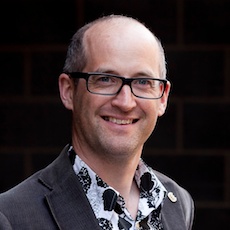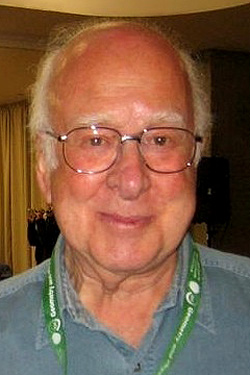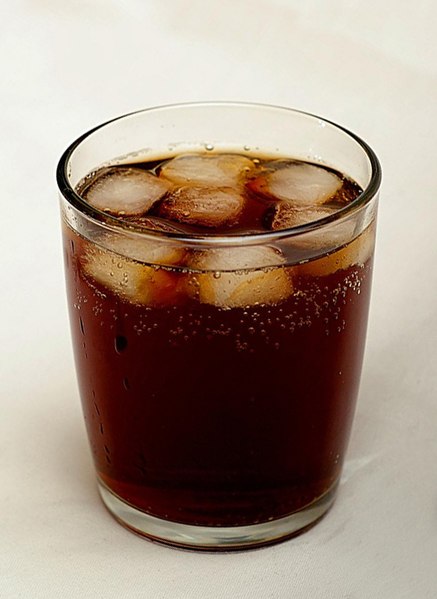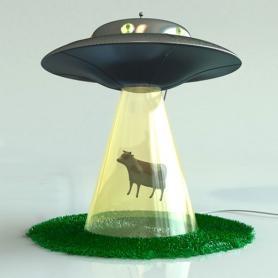According to the The Sutton Trust, the increase in number of postgraduate courses available in the UK, including masters degree, has meant that it is increasingly difficult for recent graduates with just a primary degree to enter the workplace.
A new Sutton Trust report, The Postgraduate Premium highlights this. You can find the report by following this link.
According to the report, 11% of 26-60 year-olds in the workforce now holds a postgraduate qualification, up from 4% in 1996.
The Sutton Trust is concerned that bright graduates from low and middle income backgrounds are increasingly priced out of postgraduate study, so these changes could widen income differentials and reduce opportunities for social mobility.
The Sutton Trust
The Sutton Trust is a foundation dedicated to improving social mobility through education. It has published over 120 research studies and funded and evaluated hundreds of programmes for young people of all ages, from early years through to Access to the Professions.
Link
Postgraduates earn £200,00 premium as basic degree no longer enough (The Sutton Trust)









